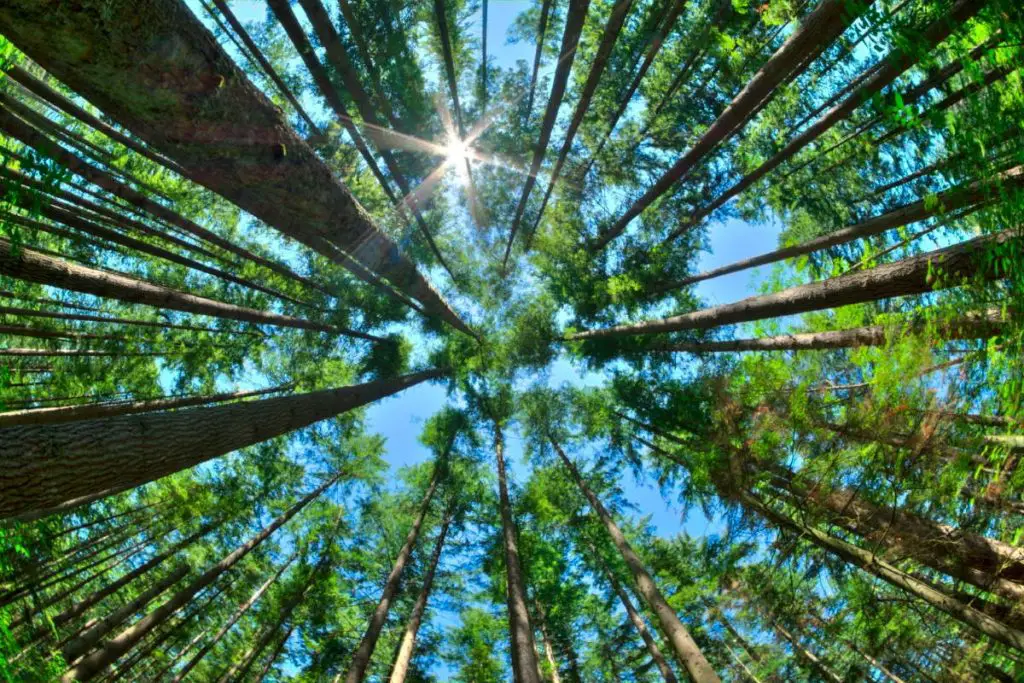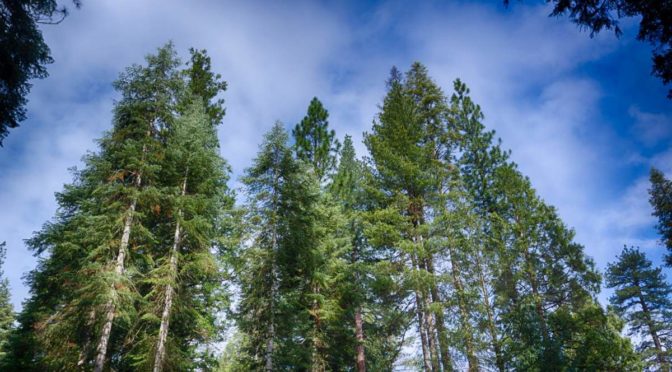Trees may seem like just another plant to some, but they are also critical to sustaining life. Without trees, you wouldn’t be able to breathe. They give you oxygen and store the carbon dioxide you breathe out. Besides this basic fact of life, however, trees have many other ways that make this world liveable. Sustainable development is only one of those factors.
To put it simply, sustainable development ensures future generations will be able to meet their needs while meeting yours now. Trees are pivotal to environmental concerns, economic progress, and social development, which are essential for sustainable development as well.
Read these reasons trees are critical to sustainable development.
Trees Accommodate Economic Development
Trees have helped impoverished communities worldwide. Disadvantaged families often rely on agriculture as their source of income. The World Bank estimates that nearly 80% of the world’s poor people reside in more rural areas, so they turn to agriculture to put food on the table to survive.
Without trees, agriculture wouldn’t be possible. Tree roots help clean groundwater, and then the water evaporates through the leaves, eventually gathering in the clouds, which then release rain that helps gardens grow.
Additionally, tree roots help maintain the soil and prevent erosion. Plants need healthy soil to grow. They also need pollination – trees provide a home for pollinators like bees and birds.
Deforestation has contributed to poverty. When people live off the land, they need every resource possible to be able to survive. When trees disappear, so do the food and income for families. For future generations to live healthy lives on this planet, we must help lift people out of poverty, which means preserving our trees.
Trees Can Slow Climate Change
Trees absorb so much of what is causing global climate change. It’s something you probably learned in grade school – trees soak in the carbon dioxide we exhale and release oxygen into the air. Carbon dioxide comes from other sources besides our breath, like the burning of fossil fuels and even gases emitted when volcanoes erupt.
The massive amount of carbon dioxide in the atmosphere has altered climate change for the worse. However, a recent study posed that restoring forests could mitigate nearly 25% of the world’s carbon dioxide emissions. That means the trees could negate almost half the carbon dioxide emissions released into the atmosphere since 1960.
It would take about a half-trillion trees to make it possible. Plus, trees take a long time to mature, so for them to truly work, the waiting time would be about 100 years. But sustainable development is about meeting future needs as well, so why not restore the forests?
Trees Are Renewable Building Resources
Building housing sustainably requires access to renewable materials. Our supply of trees can allow us to access affordable materials without stripping the environment of resources – so long as we properly replenish our forests as we build.
Timber is a traditional building material that has seen a resurgence of interest in recent years. Some studies indicate that large buildings using wood materials have a lesser environmental impact than those constructed with steel, saving metric tons of carbon dioxide. Using timber for appropriate projects isn’t just aesthetic, but functional as well.
The lifecycle value of using wood in construction can also be increased with recycling and replenishment techniques. Contractors with the proper equipment can recycle plant materials such as mulch, reinvesting in landscapes that further enrich our environment. Furthermore, sustainable forestry can help societies manage our supply of trees so we can use them without damaging our ecosystem.

Trees Improve Our Health
Surrounding yourself in a forest is overall good for you. You get fresh air and can take a break from the busyness life brings. Research has shown that nature, specifically forests, can do more than providing an escape from your daily tasks. Trees improve both your physical and mental health.
Besides carbon dioxide, trees can filter out other air pollutants that cause harm to your health. That’s why you see trees popping up in urban settings. The World Health Organization estimates that 4.2 million deaths occur every year because of outdoor air pollution. Planting more trees can mitigate the amount of air pollution that causes disease and death, and trees will help you breathe better in general.
In addition to reducing air pollution, trees have also been proven to boost mental health by reducing stress and negative thoughts. Looking at trees helps you focus and take your mind off the worries in your life.
Trees Impact the Future of Development
Trees provide a world of benefits and are critical to sustainable development. A look at a sustainable future must include trees. They give people jobs, address the change needed in the world, and keep humans alive.
A world without trees would look like a world without humans, animals, and other plants, without clean water. That’s not the kind of world we want to leave for future generations. Take time to appreciate trees and all that they do for you, and understand why they’re essential to sustainable development.
- 9 Myths and Facts About Environmental Toxins - January 4, 2023
- Top 6 Deadliest Hurricanes ever recorded - November 7, 2022
- Are All-Electric Homes Feasible in the Near Future? - September 25, 2022

